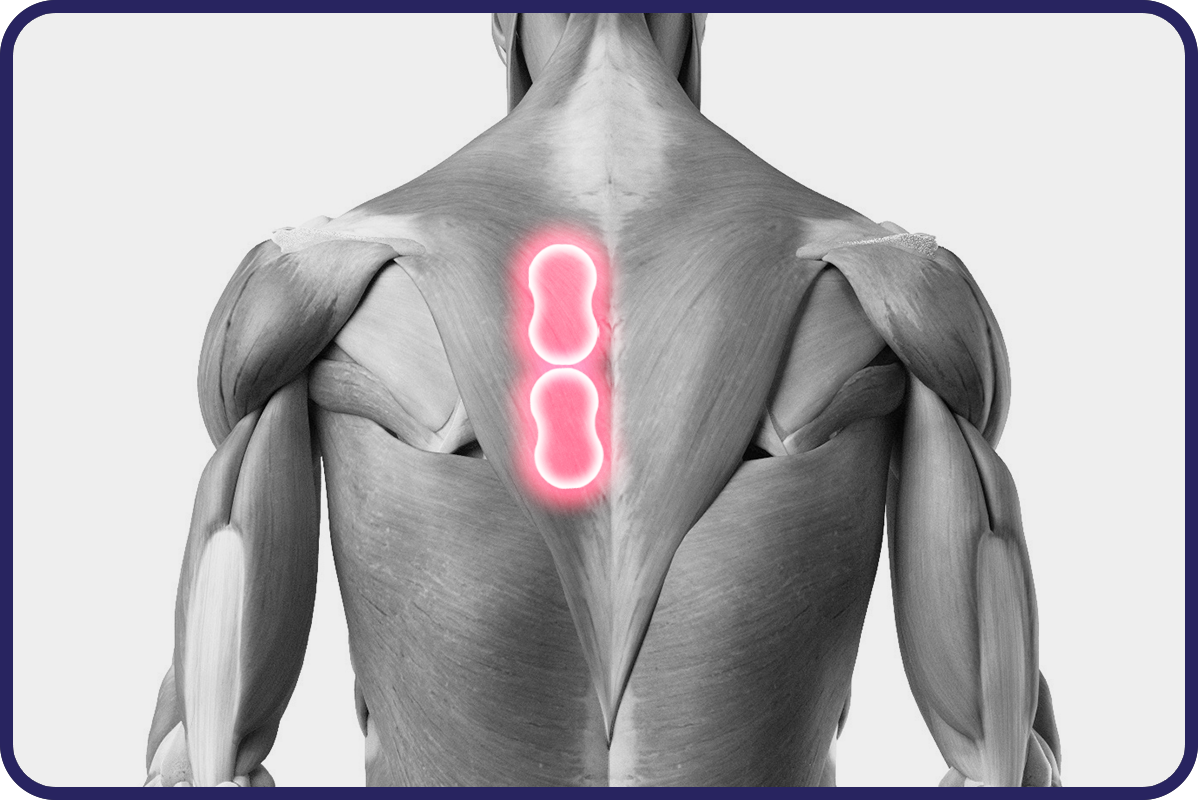📋 Shoulder Treatment GuideUpdated 6 months ago
The shoulder is a complex series of joints that allows you to perform a wide range of movements. Due to the frequency of using your shoulders and the wide range of movements available at your shoulder joints, there is a relatively high risk of injury in this area.
Shoulder pain often presents as weakness, aching, stiffness, or popping but can also present as sharp or stabbing pain in more severe cases.
Red light therapy can be a very effective treatment for many shoulder issues by helping reduce inflammation, modulate pain signal transmission, and stimulate tissue repair and regeneration.
Primary Treatment
Inflammation is a common cause of pain. Light therapy is a proven treatment to help significantly reduce inflammation, and therefore reduce symptoms of pain. For many shoulder issues, we are trying to treat the synovial cavity.

1. Anterior/front shoulder positioning.
The third module should ideally be positioned under the armpit for optimal penetration..jpg)
2. Posterior/back shoulder positioning.
The device can be clipped underneath the armpit, or placed over the top.
.jpg)
Treatment Time
- Each area should be treated for 10–15 minutes per session, up to 2 times daily. For best results, combine red light therapy with gentle mobility and strengthening exercises tailored to your issue. Always listen to your body, and if in doubt, consult a healthcare professional for guidance.
- Consistency is key. Doing a short treatment every day will be more effective than doing longer sessions more sporadically.
Secondary Treatment
Inflammation associated with joint arthritis can cause restricted blood flow in the regional microcirculation. Light therapy can increase regional blood flow to this damaged tissue.
Place 1-2 modules between the shoulder blade and the spine as shown. We are aiming to treat the deeper infraspinatus and scapula muscles.

You can do this horizontally or vertically using the extender strap (sold separately). Alternatively, just position the modules over the area when lying down.
.jpg)
Treatment Time
Treat the local areas indicated for 10 minutes daily
Treatment Expectations
On average, our customers see an 89% decrease in pain within 2-3 weeks. Some people have noticeable relief of pain, even after just one session!
One big impact on results is how much blood and tissue is around the area of pain and inflammation.
You can expect faster results on larger areas, like hips, knees and back. Smaller areas like hands and ankles, may require 3-4 weeks for noticeable pain reduction.
Treatment Benefits
Inflammation
Inflammation is a common cause of pain. Light therapy is a proven treatment to help significantly reduce inflammation.
Pain Transmission
Reduces pain signal transmission in the nervous system through neurotransmitter modulation.
Tissue Health
Stimulates tissue repair and regeneration through an increase in cellular function and reduction in oxidative stress
Blood Flow
Improvements in blood flow will contribute to reduced inflammation, healthy tissues and faster healing.
Training with Treatment
Strengthening exercises can be extremely beneficial to add in alongside your therapy, to help address any underlying movement compensations, weakness, or instability.
Click on the links below to access our blog articles containing the best exercise for your shoulder:
- Shoulder Recovery Exercises For Rotator Cuff And Shoulder Rehabilitation
- 6 Shoulder Stretches To Relieve Tightness
Note: If you’re having trouble with setting up or would like to give us feedback on how we can improve the guide, please send us an email at [email protected] and we’ll be happy to assist you!